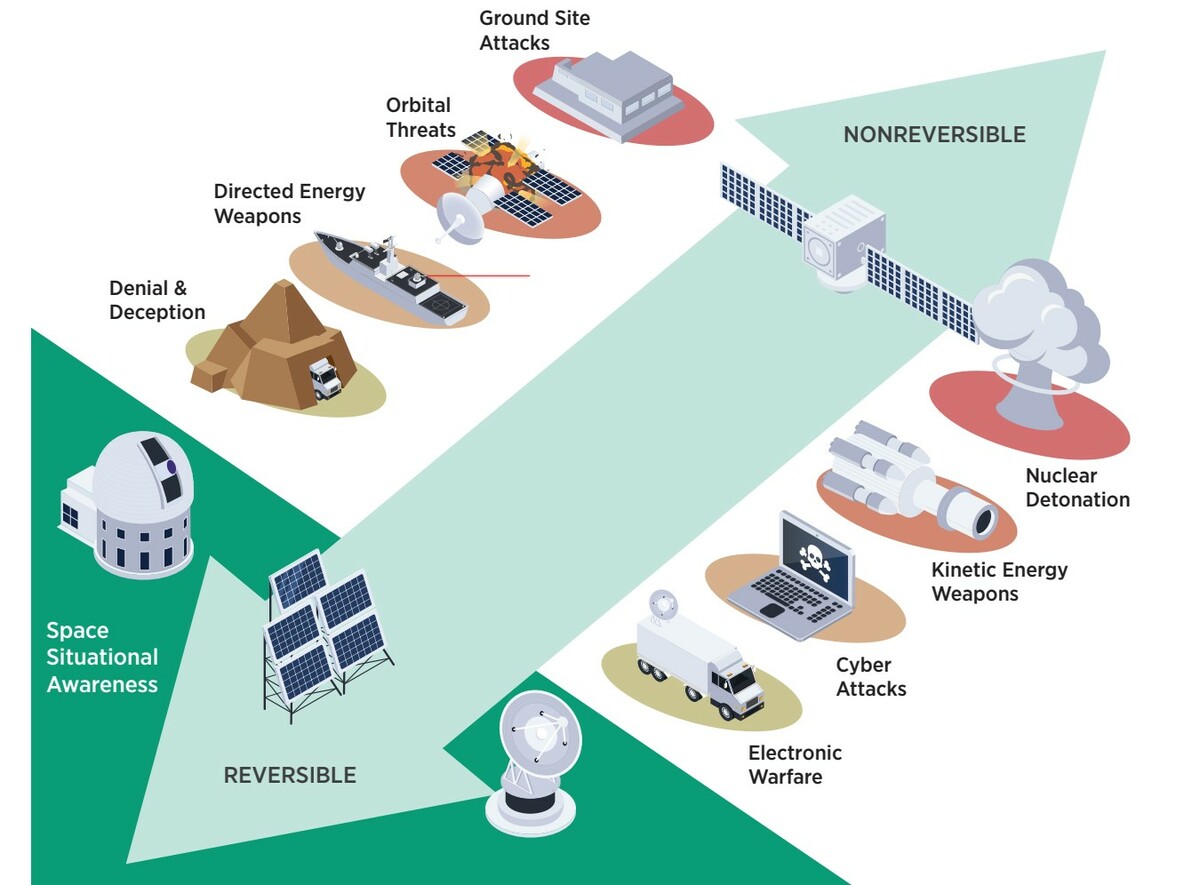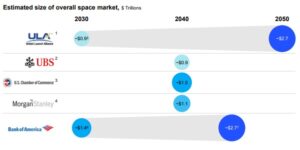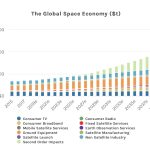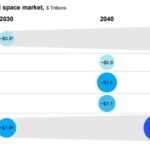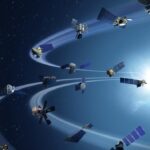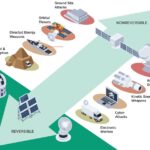On Tuesday, the Defense Intelligence Agency published “Challenges to Security in Space,” an updated edition of a report it first released in 2019. The findings aren’t necessarily groundbreaking, but they’re aimed at communicating the rapidly evolving threat landscape in space to the general public:
– The DIA says that US efforts to ensure the space domain “remains secure, stable, and accessible…are under threat.”
– In the event of a hot war between major spacefaring nations, on-orbit assets, from comms satellites to optical sensors, are unlikely to be spared.
– “China and Russia value superiority in space.” (Along with the US.)
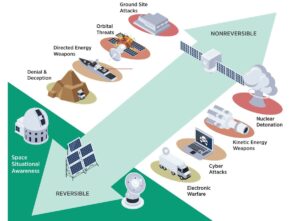 That was then…The DIA says that US adversaries paid attention to 30+ years of space-supported US military operations (take the Gulf War, and precision-guided munitions, as one example). And this is now…Adversaries “are now seeking ways to expand their own capabilities and deny the US a space-enabled advantage.”
That was then…The DIA says that US adversaries paid attention to 30+ years of space-supported US military operations (take the Gulf War, and precision-guided munitions, as one example). And this is now…Adversaries “are now seeking ways to expand their own capabilities and deny the US a space-enabled advantage.”
The report opens by noting that China and Russia grew their combined operational space fleets by 70% in just over two years (after 200+% growth from 2015 to 2018). The two major spacefaring nations are simultaneously upgrading their space and counterspace capabilities. A continuum of counterspace capabilities, via the DIA:
- # to note: Beijing’s intelligence, surveillance, and reconnaissance (ISR) fleet stood at 250+ as of January, trailing only that of the US.
- Quote of note: “Russia perceives the U.S. dependence on space as its Achilles’ heel, which can be exploited to achieve Russian conflict objectives.” The report, we should note, was prepared before Russia invaded Ukraine.
- Others to watch: Tehran and Pyongyang will continue to field “electronic warfare (EW) capabilities to deny or degrade space-based communications and navigation.”
|
|
Competition to exploit resources on the Moon, Mars, and even asteroids, “while a nascent endeavor today,” could become a bigger driver for top spacefaring states and alliances in the future. But this appears to be mainly speculation-driven, as the DIA stops short of saying any ways in which deep space exploration programs are being militarized.
|
Two big updates from the 2019 report
|
|
#1: Commercialization continues apace: The number of launchers and satellite operators “will expand at least through 2025.”
|
#2: An orbital minefield: LEO collisions are a growing risk, due to a rising cadence of launches, upper stages deploying multiple craft, and “continuing fragmentation from collisions, battery, explosions, and further ASAT testing events.” The biggest risk = 600,000–900,000 pieces of “uncatalogued lethal nontrackable debris (LNT),” ranging from 5mm to 10cm in size, are estimated to be in LEO.
|
 That was then…The DIA says that US adversaries paid attention to 30+ years of space-supported US military operations (take the Gulf War, and precision-guided munitions, as one example). And this is now…Adversaries “are now seeking ways to expand their own capabilities and deny the US a space-enabled advantage.”
That was then…The DIA says that US adversaries paid attention to 30+ years of space-supported US military operations (take the Gulf War, and precision-guided munitions, as one example). And this is now…Adversaries “are now seeking ways to expand their own capabilities and deny the US a space-enabled advantage.”